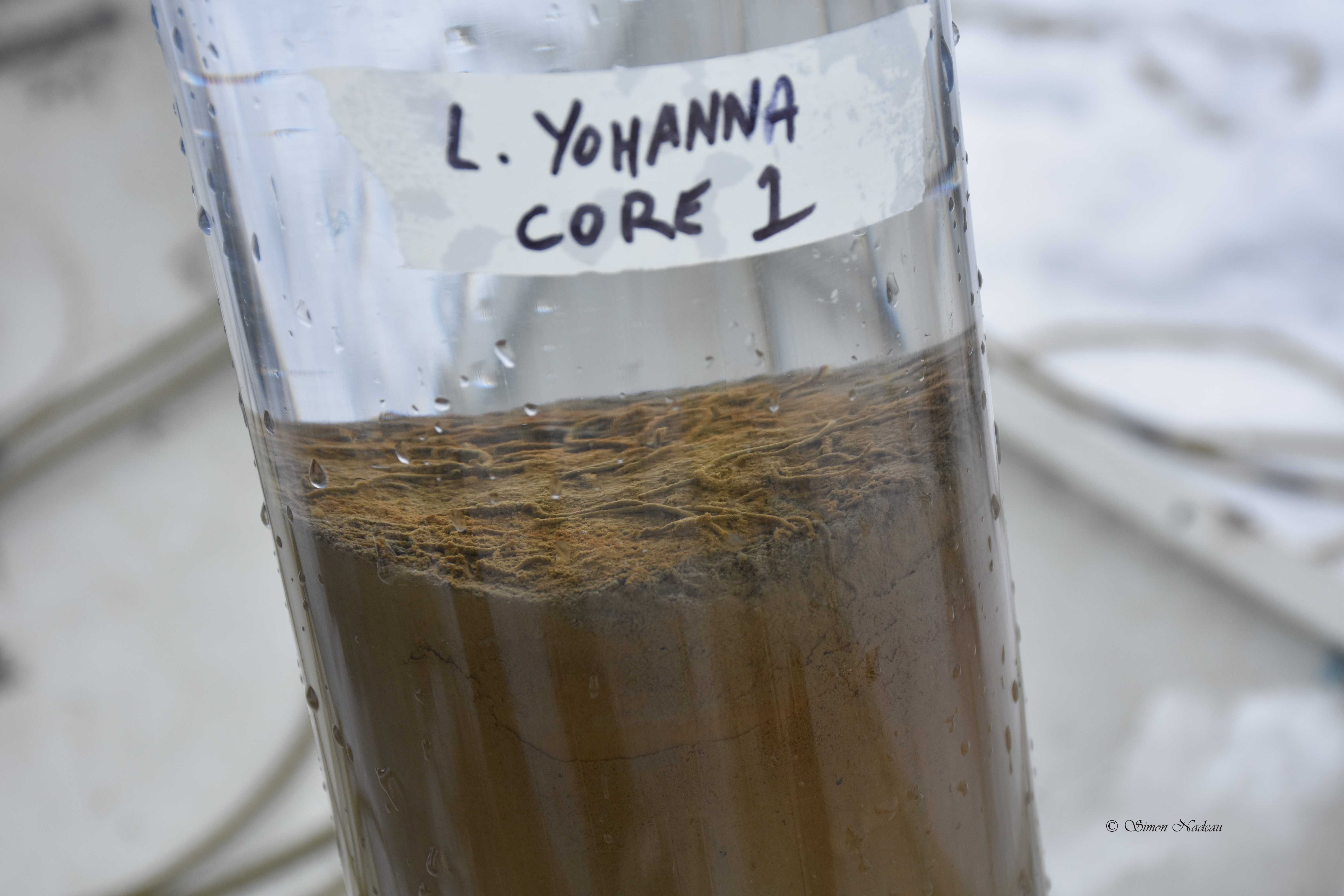The research performed at the Paleomagnetism and Marine Geology Laboratory of ISMER mostly uses the various magnetic and physical properties of sedimentary sequences to reconstruct variations in Earth’s magnetic field, establish high-resolution chronostratigraphy, and develop natural hazards and paleoclimatic proxies for the Quaternary.
Key instruments in the laboratory include a 2G Enterprises u-channel cryogenic magnetometer, a GEOTEK Multi Sensor Core Logger to determine the physical properties of sediment cores and a CAT-Scan. The u-channel cryogenic magnetometer allows the continuous and high-resolution measurement of the NRM (Natural Remanent Magnetization), ARM (Anhysteretic Remanent Magnetization), IRM (Isothermal Remanent Magnetization), and SIRM (Saturated Isothermal Remanent Magnetization) and magnetic susceptibility. The laboratory is also equipped with an alternating gradient force magnetometer to determine the magnetic mineralogy and granulometry, a XRF scanner to determine the chemical composition of the sediment cores, a spectrophotometer for quantifying the sediment color and the SmartCIS and Geoscan core scanners for continuous digital photography of core sections.
The laboratory is also equipped to perform geophysical surveys (sparkers, boomer, subbottom profilers, side-scan and interferometric sonars, multibeam echosounders, marine magnetometer) and coring in marine and lacustrine environments. Finally, grain size and micro CAT-Scan analyses can also be performed in the particle analysis laboratory.

- Declination of Earth’s magnetic field. Source: NOAA. From St-Onge and Stoner, Oceanography (2011)
Most recent articles
University of Quebec at RimouskiResearch laboratory in |
Mailing address310 Allée des Ursulines, C.P. 3300 |
Telephone & emailPh: +1 (418) 724-1650 poste 1741 |

